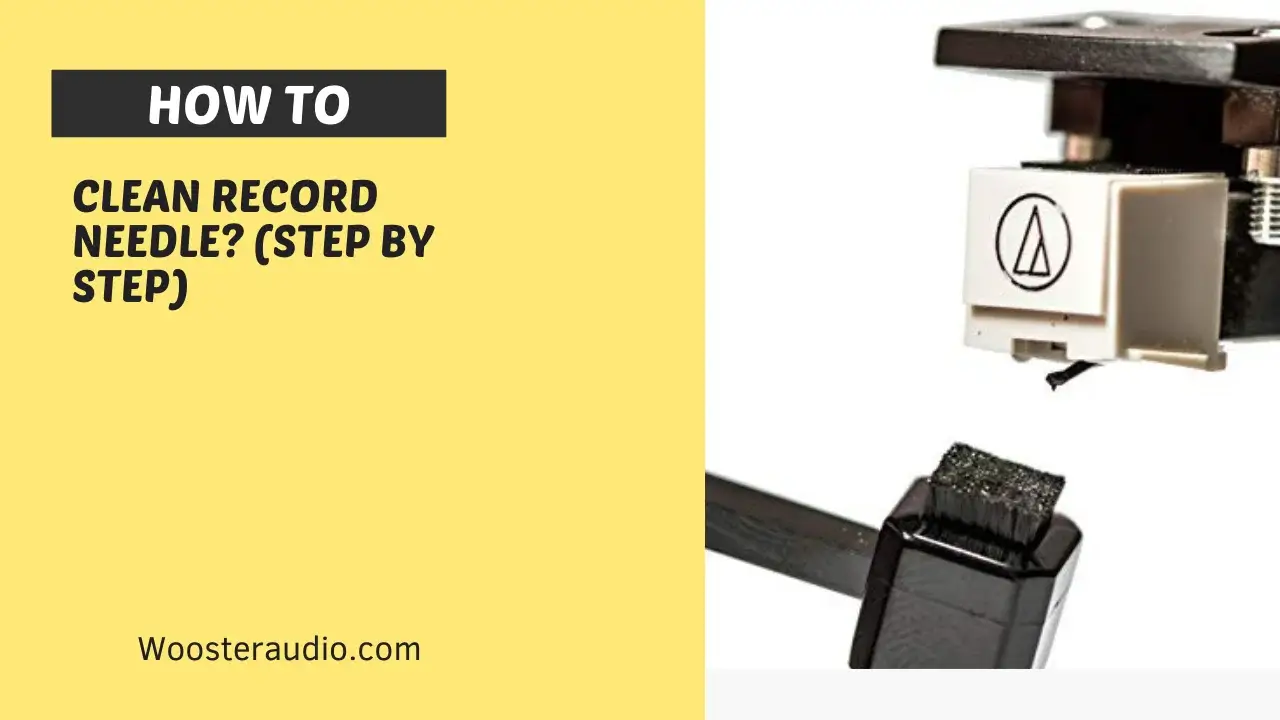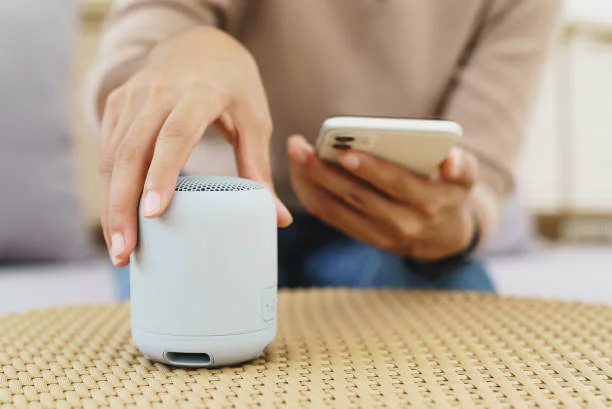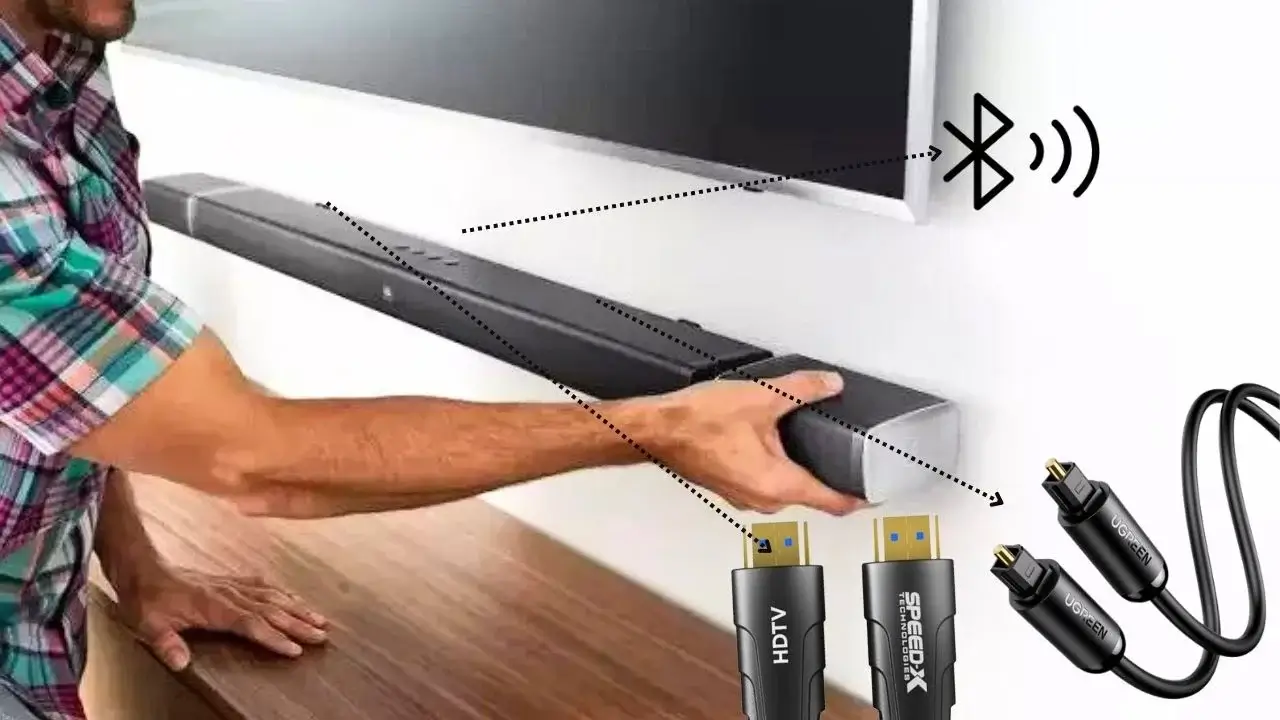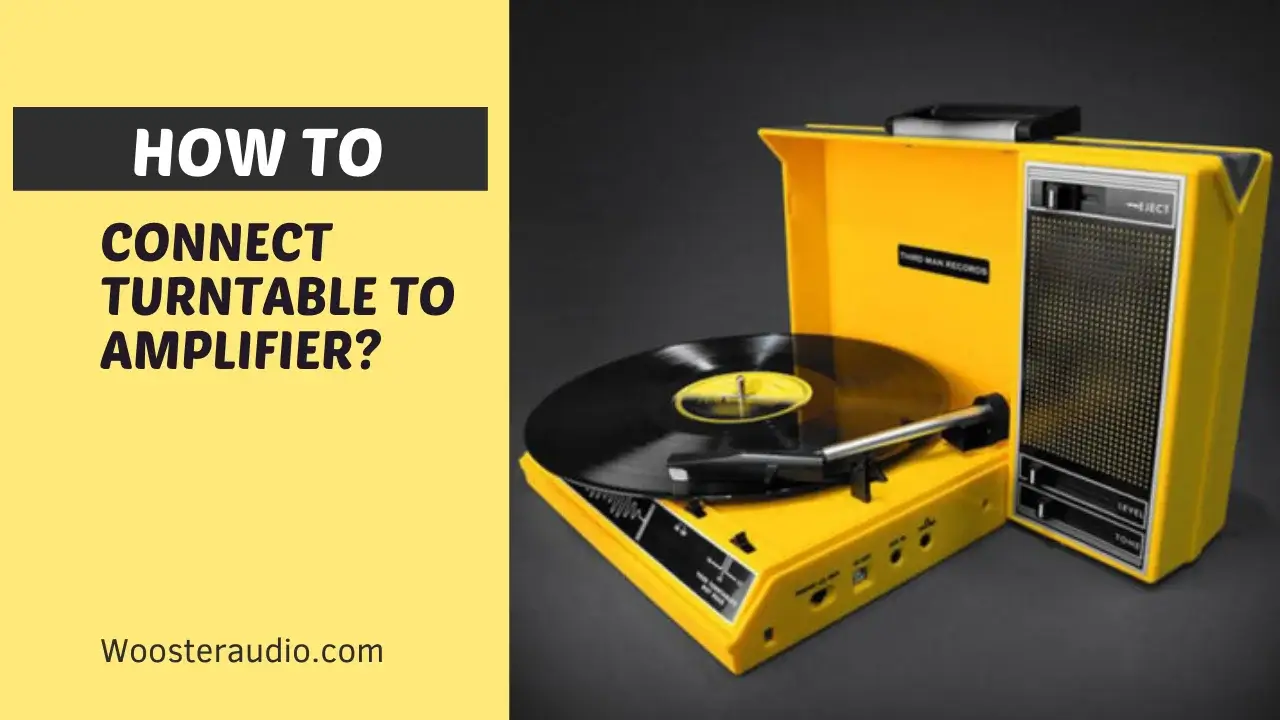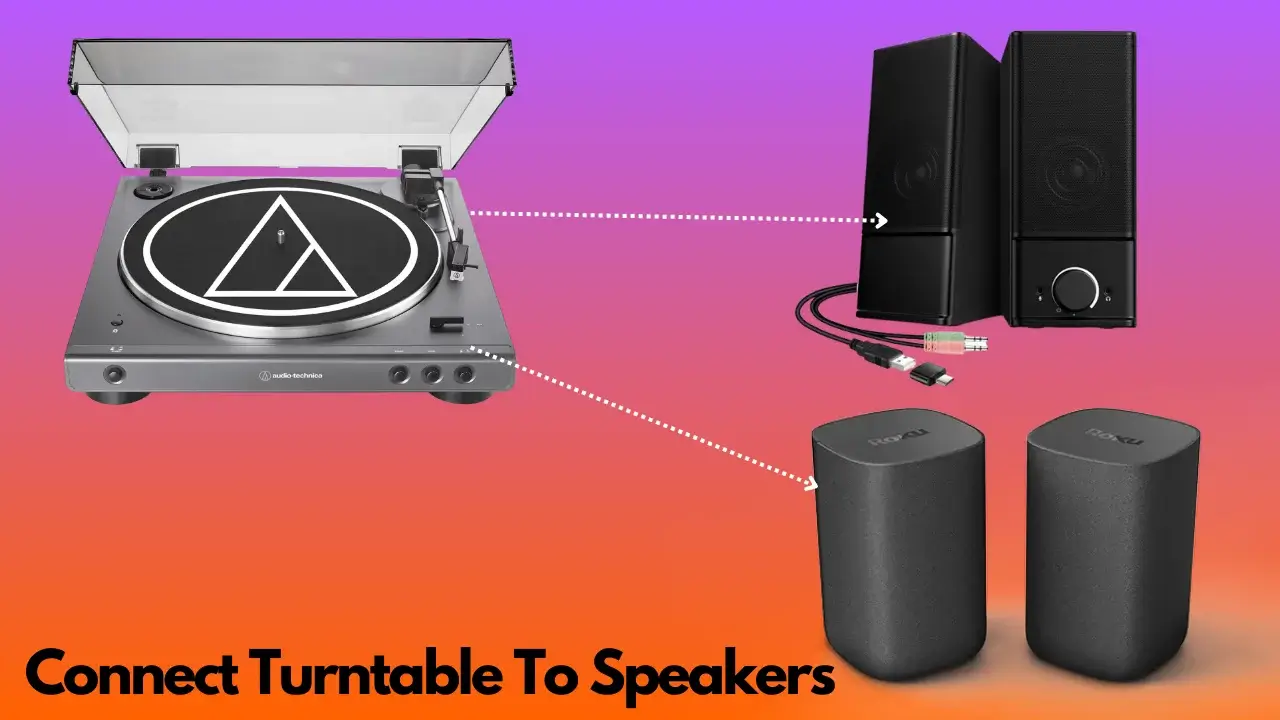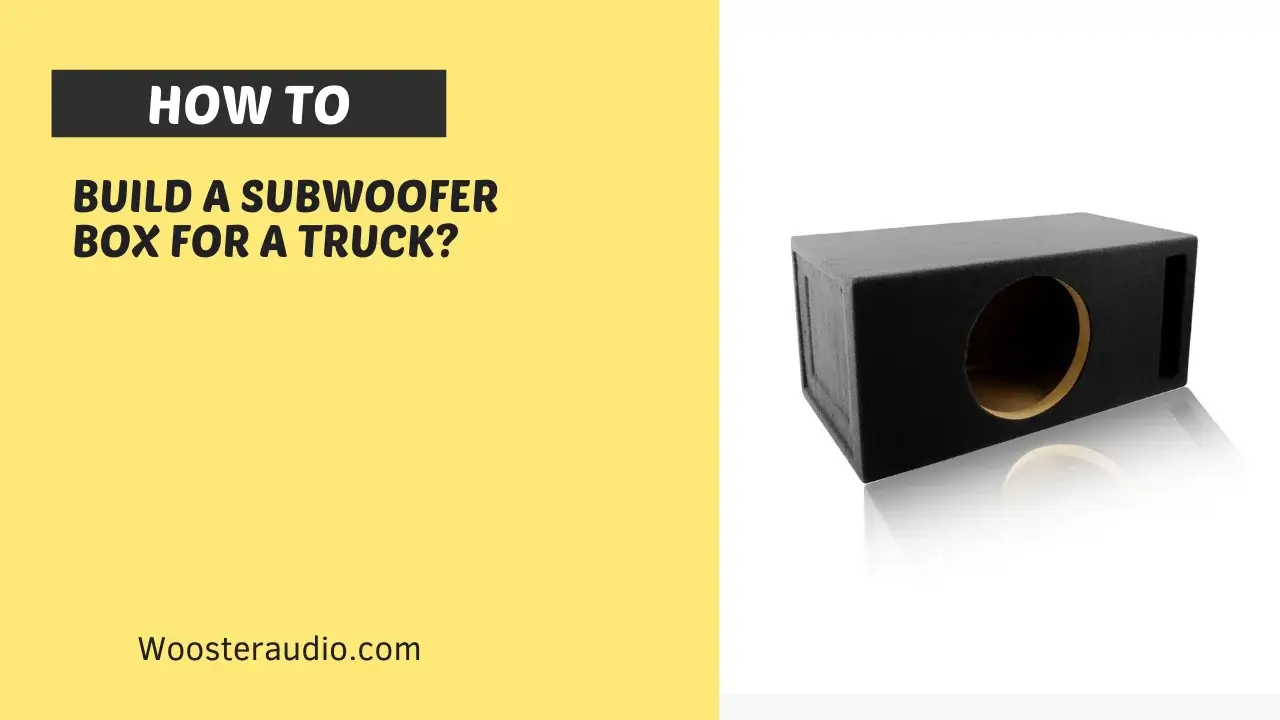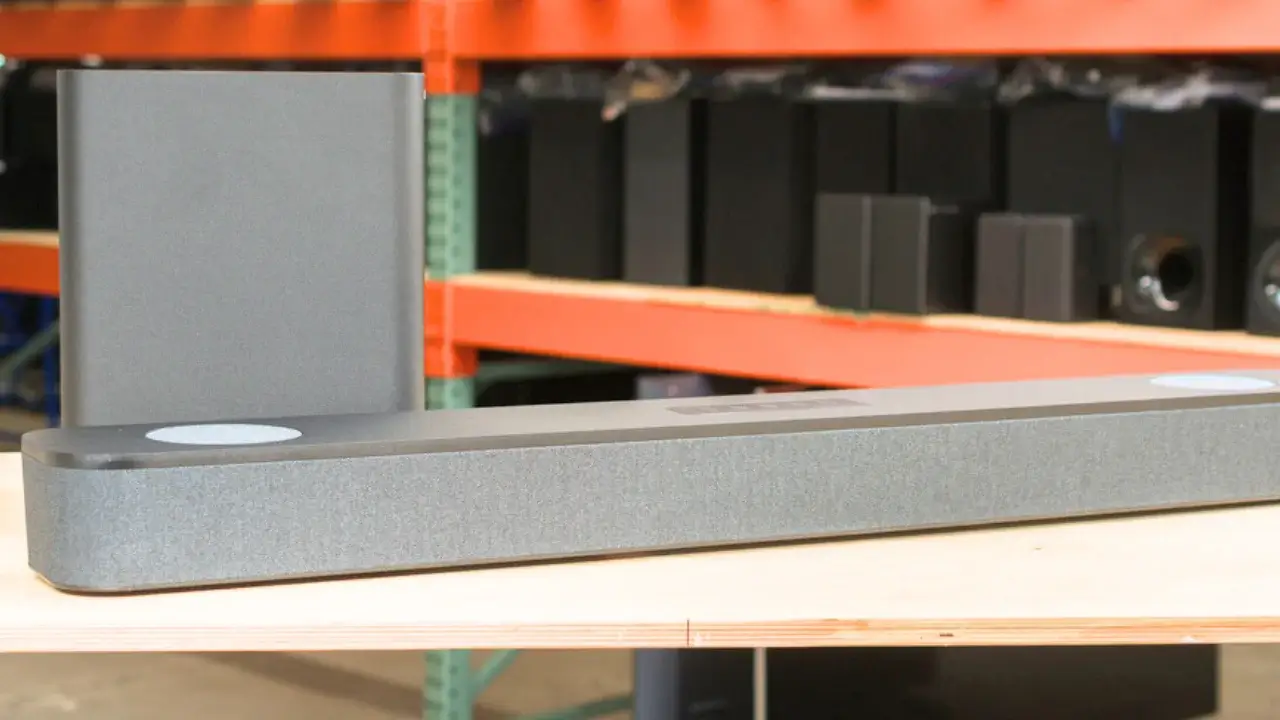For vinyl enthusiasts, the experience goes far beyond simply listening to music. As the record spins, the music comes alive, filling the room with warmth and a unique energy. But to truly appreciate this magic, maintaining your record player is essential, and that includes keeping your stylus clean.
Just like any other machine, regular maintenance is key to keeping your record player functioning properly and extending its lifespan. Over time, dust and dirt can build up on the turntable and its mechanisms, causing skipping, unwanted noise, and even scratches on your precious records. By cleaning and lubricating your turntable regularly, you can ensure years of enjoyment.
However, maintaining a great listening experience goes beyond the turntable itself. The stylus, also known as the needle, plays a crucial role in translating the grooves on your records into sound. A dirty stylus can wear down more quickly, affecting the sound quality and potentially damaging your records. This guide will show you several ways to keep your stylus clean and ensure your vinyl continues to sound its best. Explore these high-quality phone cartridges, all priced under $200.
Best Ways To Clean Record Player Needle
No need to worry about cleaning your stylus since it’s easy, painless, and affordable. Keeping your vinyl records and record player clean is essential when it comes to vinyl. Record cleaners will not only enhance the sound but also prolong the life of the record. Cleaning your record player’s needle can be done in various ways.
- Isopropyl alcohol: You can prepare it by mixing it with distilled water and use this cleaning solution for cleaning your record needle or other turntable parts)
- Brush with soft bristles: By using this type of brush you can gently remove dust and dirt from surface of records and the turntable)
- Small cotton balls: These are very useful for applying cleaning solutions and for delicate cleaning tasks.
- Magic eraser: You can also clean your stylus (needle) gently, removing built-up grime.
Stylus Brush For Cleaning Turntable Stylus?
You can clean your turntable’s stylus with a stylus brush. Its long handle with a small brush at the end makes it ideal for reaching the grooves of vinyl records. If your stylus has accumulated dust or dirt, you can also use the stylus brush to clean it.
How to Use a Stylus Brush
- Remove the Cartridge: Remove the cartridge from your turntable’s tonearm.
- Position the Brush: Hold the stylus brush at a 45-degree angle above the stylus.
- Brush Gently: Gently rub the brush over the stylus, moving it back and forth. Be careful not to press too hard, as this can damage your records.
Things To Do Before Cleaning with Stylus Carbon Brush and Alcohol
Dust Removal: Before cleaning, remove dust from your turntable using a soft cloth or the vacuum cleaner’s brush attachment. Avoid touching the vinyl record surface directly.
Vacuum Cleaner Method: While the vacuum cleaner is on, hold the needle gently with your fingers. Release the needle and turn off the vacuum cleaner.
Cleaning the Platter and Tonearm: Dampen a cloth with warm water and wipe down the platter and tonearm. Avoid using harsh chemicals or cleaning products to prevent damage to the finish and electronic components.
Drying: Dry everything off and replace the dust cover if you have one. Your turntable should now be clean and ready to use.
How To Clean Platter and Tonearm With Using 70% Isopropyl Alcohol Solution?
Prepare the Solution: Prepare a 70% isopropyl alcohol solution.
Wipe the Needle Tip: Dampen a cloth with the solution and gently wipe the needle tip.
Use a Needle Brush: Use a needle brush with stiff, short bristles to clean the needle. Brush from front to back in your direction.
Clean the Stabilizer: Use the same process to clean the stabilizer.
Final Cleaning: For thorough cleaning, dip the needle brush in isopropyl alcohol and brush the needle again.
Can I use Stylus Cleaning Gel?
Yes, you can also use Stylus cleaning Gel to clean stylus of your turntable. Cleaning agents like this are viscous liquids that are dispensed onto cloths or brushes and then used to clean styluses. Many turntablists recommend that cleaning a turntable needle with this type of cleaner is more effective than cleaning the needle with a dry cloth and helps remove dirt and debris that has built up on the needle.
How Can I Use Liquid Stylus Cleaner?
Using a stylus brush, spread the liquid stylus cleaner around your record after pouring some on it. The grooves of the record need to be carefully examined. After cleaning, ensure that the record is completely dry before you play it. Liquid stylus cleaners are available in small bottles online and at most music stores, making them perfect for taking with you. Use a liquid stylus cleaner if you are looking for an easy and quick way to clean your records.
Cleaning a Stylus with a Melamine Eraser (Mr. Clean Magic Eraser)
If the stylus isn’t kept clean, the record may skip. The Mr. Clean Magic Eraser makes it easy to keep the stylus clean without using any chemicals. Made from melamine foam, this eraser is effective for removing dirt and debris from the stylus. It can also be used to clean the turntable’s recording head.
How to Use a Melamine Eraser
Prepare the Eraser: Cut a small square from the Magic Eraser.
Position the Eraser: Place the small square under the stylus of your turntable.
Clean the Stylus: Gently lower the needle onto the eraser and then lift it back up. Do not drag or brush the needle against the eraser.
Repeat if Necessary: Continue the process until no residue remains on the stylus. Each time you lower and lift the needle, some dust and debris should be removed by the eraser.
Onzow Zero Dust Stylus Cleaner
Also check Onzow Zero Dust Stylus Cleaner as well. This convenient and portable device effectively cleans the stylus tip of dust and dirt. It features an integrated cap to keep the cleaning surface clean when not in use.
You can easily attach the stylus cleaner to your keychain, backpack, or other items with the included clip. Onzow’s ultra-soft gel, which is needle-friendly, is designed to revolutionize stylus cleaning. During manufacturing, silicone liquid is poured into a mold and cured, resulting in a soft, flexible material that can be used in various ways. This gel can also be customized to meet specific needs.
How Can I Use Onzow Zero Dust Stylus Cleaner
Position the Cleaner: Place the Onzow Zero Dust Stylus Cleaner on a flat, stable surface.
Clean the Stylus: Gently lower the stylus onto the ultra-soft gel pad and lift it back up. Repeat this process two to three times to remove dust and dirt.
Cleaning the Pad: To clean the gel pad, rinse it with warm water and allow it to air dry
Audio Technica Cleaning Kits
To keep your Audio Technica equipment in top condition, regular cleaning is essential. Audio Technica offers a variety of cleaning kits designed to facilitate this process and improve the effectiveness of your maintenance efforts.
AT6012 Ultimate Cleaning Kit
The AT6012 Ultimate Cleaning Kit includes:
- Soft brush
- Microfiber cloth
- Alcohol pad
- Cleaning spray
This kit is versatile and effective for cleaning all types of audio equipment, making it ideal for removing dust and dirt.
AT8118Z Deluxe Cleaning Kit
The AT8118Z Deluxe Cleaning Kit contains:
- Carbon fiber record brush
- Stylus cleaner
This kit is specifically designed for maintaining vinyl records and ensuring your stylus remains in good working condition.
AT6010 Cleaning Kit
The AT6010 Cleaning Kit includes:
- Soft brush
- Microfiber cloth
- Cleaner spray
This comprehensive kit provides everything needed to keep your audio equipment clean and well-maintained.
AT617a Cartridge Stylus Cleaner
The AT617a Cartridge Stylus Cleaner is designed for cleaning the stylus cartridge of your record player. It includes:
- Brush
- Cleaning solution
This cleaner effectively removes dirt and debris from the stylus, helping to keep your records sounding great by maintaining a clean stylus.
AT607a Phonograph Cartridge Cleaner
The AT607a Phonograph Cartridge Cleaner features:
- Small brush
- 10 ml cleaner bottle
This cleaner is easy to use and can be conveniently stored in a pocket or purse, making it a practical solution for on-the-go cleaning.
How to Maintain a Record Player Needle
Maintaining the needle on your record player is simpler than you might think. Follow these steps to ensure your needle stays in good condition and performs optimally.
Keep the Needle Clean
- Regular Cleaning: Gently wipe the needle with a soft, dry cloth to remove any dirt or dust.
- Avoid Scratching: Be careful not to scratch the surface of the needle while cleaning.
Lubricate the Needle
Apply Lubrication: Apply a small amount of graphite or oil to the surface of the needle. This helps to prepare the needle and keep it in good condition.
Gentle Application: Use a gentle touch when applying lubrication to avoid damaging the needle.
Maintain the Tonearm
- Good Condition: Ensure the tonearm, which moves the cartridge and needle across the record, is kept in good condition.
- Regular Maintenance: Clean the tonearm regularly to prevent buildup of dirt and dust.
Clean the Needle and Turntable Parts
Weekly Cleaning: Clean your record needle and blow off turntable parts with a compressor at least once a week.
Dry Cleaning: Regularly dry clean your turntable to remove surface dust and debris.
Occasional Liquid Cleaning: Occasionally use a liquid cleaner to remove grease and grime. Ensure the cleaner is suitable for use on turntable parts.
Dirty Stylus Warning Signs
Regular cleaning of your stylus is essential to prevent device malfunctions and maintain sound quality. Here are some warning signs that your stylus may be dirty:
Poor Sound Quality
Distorted Sound: A dirty stylus can cause your records to sound distorted or muffled. If you notice a decline in audio clarity, it might be due to a dirty stylus.
Fluid Sound: When the sound quality becomes inconsistent or “fluid,” this can be a sign that the stylus needs cleaning.
Visible Dirt and Gunk
Accumulated Dirt: Inspect the stylus for visible dirt, dust, or gunk. If you see any buildup, it’s time to clean it.
Damage to Records
Scratches: If you notice new scratches or unusual wear on your records, a dirty stylus might be the culprit. A dirty stylus can damage the grooves of your records over time.
Improper Tracking: Sound Changes with Needle Movement: If the sound changes as the needle moves across the record, it may indicate that the stylus is not tracking properly due to obstructions.
Skipping or Jumping: A dirty stylus might cause the needle to skip or jump across the record, affecting playback.
In A Nutshell
I have mentioned all tips for keeping your Record Needle clean. From gentle techniques to specialized tools ensure optimal sound quality and longevity for your turntable parts.
